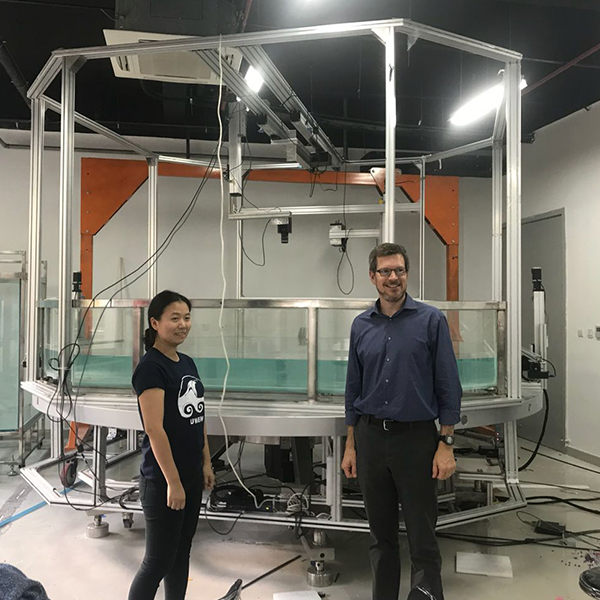-

Linear Guides vs Linear Bushings: Which one is better?
Load Capacity The primary difference between the two is in their load capacities. The linear bushings offer point contact between the balls and the tracks, which results in high-stress concentration. In comparison, there is contact conformity in the linear guides which c...Read more -

How to Use and Maintain of Linear Guide Rails for Laser Cutting Machine
Many users who have purchased laser cutting machine metal only pay attention to the maintenance of the laser and the laser head of the fiber laser metal cutter. People should pay more attention to the care of the guide rail. Now let me introduce you “How To Use Linear Guide Rails”. What is linea...Read more -

XYZ Cartesian Robots of Multi Axis Systems for Robotic Applications
The Cartesian Robotics Cartesian Robots are used to automate a wide range of tasks in manufacturing and assembly lines in virtually every industry from cell phone production to candy packaging. These Robots are used in assembly, Pick and place. However depending on the work load, Speed and Accur...Read more -

Three Typical coordinate robot
Cartesian robot or linear robot can be collectively refered to as industrial robot, in which three control axes (XYZ axis) move along a straight line instead of rotating. At the same time, their control axes (XYZ axis) are at an angle of 90° to each other and the three sliding joints linear move...Read more -

Automated Palletizing Handling Systems of Gantry Robot
There are countless types of robots that are being used for industrial purposes. Roles like painting, welding, picking, and placing, among others, used to be handled by people, but that slowed down productivity. Humans don’t have the strength to keep going without a break, and this is one of the...Read more -

What is a Gantry or Cartesian Robot?
Gantry robots are boxy robotic arms that move linearly along a fixed overhead track. They’re ideal for precision applications like pick and place, loading and unloading parts, and assembly tasks that need high accuracy and repeatability over a large area. Simple, precise and powerful: Gantry ro...Read more -

Typical Gantry Specifications of Robotic solutions
A gantry robot is a robot that can move across the full area of a machine. The robot has a cube-shaped operating range. As the gantry robot is placed in a machine above the objects, it has complete freedom of movement and is not constrained by specific footprints. How gantry robot work Th...Read more -

Gantry Robot Design and Common Applications
WHAT ARE GANTRY ROBOTS? A Gantry Robot is an automated industrial system that can also be referred to as a Cartesian Robot or a Linear Robot. Gantry robots typically move in linear paths creating a three dimensional cubic envelope of space it can work within. For this reason, the term Cartesian ...Read more -

What Are the Different Types of Gantry Systems for 3D Printing?
1. Cartesian-XY-Head A Cartesian-XY-head gantry system is a type of motion control system commonly used in 3D printers (and a wide variety of other classes of CNC machines). This construction approach moves the printhead or extruder along the X-axis of the gantry and moves the Y-axis by moving t...Read more -

What Is a Gantry System for 3D Printing?
A gantry system for 3D printing is a structure consisting of beams and slide rails that support a printhead/extruder and guide its motion while transiting and printing. The critical functions are rigidity and precision, placing the print application point precisely within the build. The gantry s...Read more -

Gantry System or Linear Robot – Definition and Industrial Applications
What Is A Gantry System? Gantry system refers to a motion-centric system designed for multi-axis operation with an overhead bridge. It includes gantry robot and gantry crane. As a general definition, gantries are simply a frame with moving components that support and move a load. The structure c...Read more -

Linear Motion Gantry Robot Components and XYZ Stage solutions
FUYU linear robots are designed to lower costs, reduce design time, and speed up integration. Linear robots are also referred to as gantry or cartesian robots. Gantry robots run on two axis (XY) and cartesian robots run on three axis (XYZ). As the name implies, these types of robots generally mo...Read more








